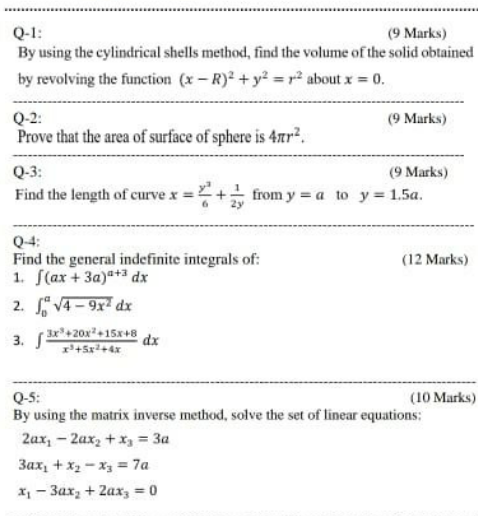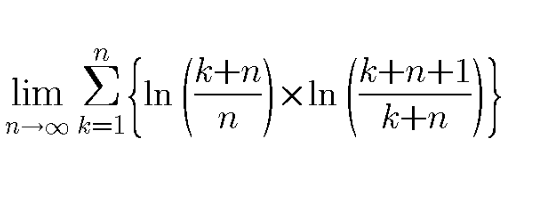
AllQuestion and Answers: Page 1129
Question Number 105026 Answers: 5 Comments: 0

Question Number 105023 Answers: 1 Comments: 0
Question Number 105018 Answers: 3 Comments: 1
Question Number 105014 Answers: 0 Comments: 4
Question Number 104975 Answers: 0 Comments: 2
Question Number 104972 Answers: 1 Comments: 0
Question Number 104948 Answers: 0 Comments: 0

Question Number 104993 Answers: 0 Comments: 0

Question Number 104928 Answers: 0 Comments: 5
Question Number 104927 Answers: 1 Comments: 0
Question Number 104919 Answers: 0 Comments: 3
Question Number 104940 Answers: 1 Comments: 1

Question Number 104939 Answers: 0 Comments: 0
Question Number 104910 Answers: 0 Comments: 0
$$\int_{\mathrm{0}} ^{\mathrm{1}} \frac{\mathrm{1}}{\sqrt{\mathrm{1}+{x}^{\mathrm{3}} }}{dx} \\ $$
Question Number 104905 Answers: 3 Comments: 0

Question Number 104904 Answers: 3 Comments: 0
Question Number 104899 Answers: 2 Comments: 0
Question Number 104895 Answers: 2 Comments: 0
Question Number 104894 Answers: 1 Comments: 0
Question Number 104893 Answers: 1 Comments: 0
Question Number 104891 Answers: 1 Comments: 0
Question Number 104890 Answers: 1 Comments: 0
Question Number 104973 Answers: 1 Comments: 1
Question Number 104980 Answers: 1 Comments: 3

Question Number 104877 Answers: 1 Comments: 0
Question Number 104876 Answers: 0 Comments: 0
Pg 1124 Pg 1125 Pg 1126 Pg 1127 Pg 1128 Pg 1129 Pg 1130 Pg 1131 Pg 1132 Pg 1133
